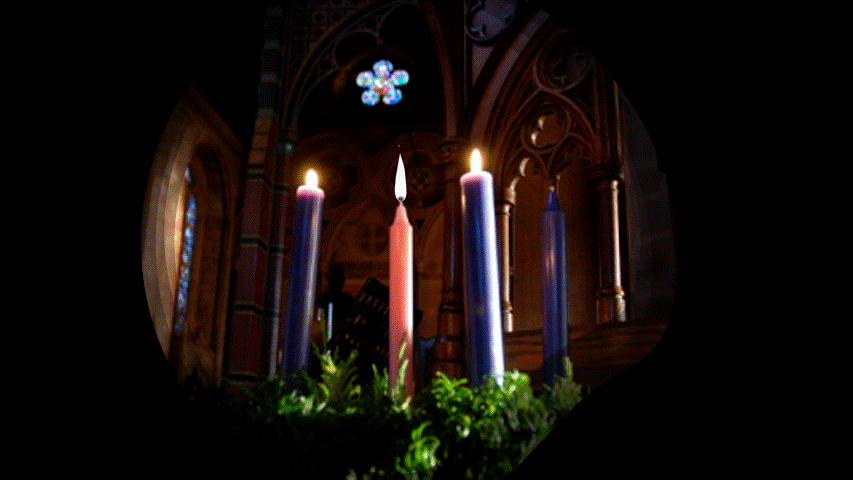Sermons
Here I share some sermons I have given. They can be found on the UCC Spotify podcast and website.
Joy
Sermon #1
Dec 17, ‘23
(3rd week of Advent)
1 Thessalonians 5: “Rejoice always…”
What is Joy?
Joy points to Love.
Toxic Positivity.
Liturgical calendar: Fasting & Feasting
The Joy of Christ Crucified.
Lament
Sermon #2
Feb 25, ‘24
(2nd week of Lent)
Lamentations 2: “They put on sackcloth…”
Physically expressing sorrow & grief… the path from heartbreak to hope.
(1) Our own sins failures, & imperfections.
(2) Our own suffering.
(3) For others.
(4) For society.
(5) The sufferings of Jesus.
Unity
Sermon #3
May 19, ‘24
(Pentecost)
Acts 2: “They were all together…”
God moves when people gather together in unity.
Ruach: Spirit. Wind. Invisible energy.
Fire: Furnace, pillar, bush, Sinai.
A reverse Tower of Babel. Bricks for stone.
The Church of Jesus is not a structure of uniformity, but unity in diversity. We are living stones.
Conflict in Community
Sermon #4
Feb 2, ‘25
(4th Sunday of Epiphanytide)
Acts 18:24-28 and 1 Corinthians 3:3-8 (Apollos)
Apollos taught accurately, then was taught more accurately.
Who is an Apollos in your life? (a different voice)
We are plants and gardeners.
Cultivation not control.
We are living stones, built up into a Temple which provides holy space — with many different rooms/denominations — yet united in Christ (the foundation) and the Spirit (the mortar).
Reflection on my first 3 sermons…
The first time I was asked to give a sermon, it was for the 3rd week of Advent. Naturally, on this Gaudete Sunday I was asked to speak on the subject of joy🩷. Ah, this should have felt quite fitting (as I’m a happy and enthusiastic person) but it made me feel disappointed, for I would much rather have talked about suffering and sorrow. It felt ironic to me, because much of the “joy” and “happiness” I had was a defense mechanism, and it was easy for me to be overly positive… to focus too much on joy. So I ended up pulling a classic Christian “both-and” move, and talked about BOTH joy and suffering.
The second time I was asked to give a sermon was during Lent, my favorite season of the liturgical calendar! Lent is the “darkest” of the liturgical seasons — the greatest fast — and so it makes sense I was asked to talk about lament💜, specifically on the 2nd chapter of Lamentations. What a fitting counter-weight to my Joy sermon! I could discuss how important it is to express our pain, and embody our sorrow — to dignify our sadness with a practice of lament! And we did it during the service — we practiced and embodied lament. Everyone in the congregation wrote down their own laments on cards, taped them up front so that the whole congregation could bear collective witness, and then lit a candle to release their lament(s) to God in hope.🕯️
My 3rd sermon came in a 3rd liturgical season with a 3rd color: Pentecost❤️! I decided to highlight the Biblical imagery of spirit-wind and fire, and then focus on the unity which the Spirit brings to the church, by binding us together in the midst of our diversity. Christians are each living stones, bound together by the mortar of the Spirit, being built up into a holy house unto the Lord!
Upon reflection of these first three sermons of mine, I am struck by how symbolically they align with the Persons of the Trinity. The 3rd sermon was all about the 3rd Person of the Trinity (the Spirit), the 2nd sermon reflected the 2nd Person of the Trinity (Jesus) in discussing human suffering and embodying (incarnating) an activity, and the 1st sermon, while touching upon all three Persons, focused on the abstract themes of joy and love, heavenly goods perhaps best associated with the 1st Person of the Trinity (the Father).



